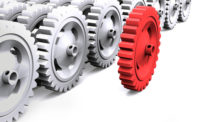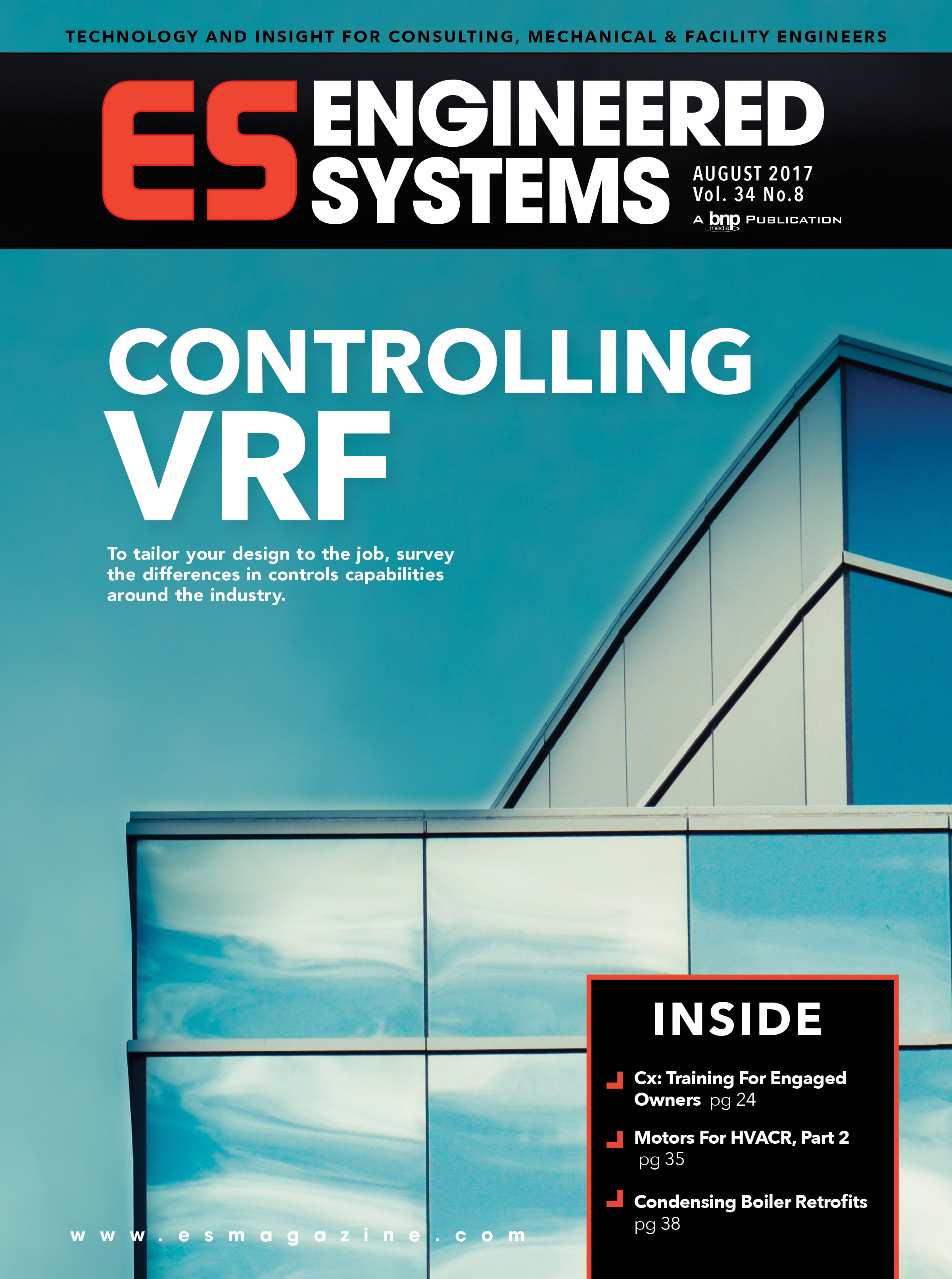According to the ASHRAE systems handbook, HVACR machines will last 15 to 18 years, provided that a median level of preventive care is performed throughout its life cycle. Although having blanket guidelines by credible resources such as ASHRAE is helpful, it does not reflect reality in many cases. In the area of process chillers for mission critical applications such as MRI, CT, PET, and LINAC systems, customers these days make the choice to replace over repair when poor reliability (in the form of repeated breakdowns) starts registering on their bottom line. After peeling away the fact from fiction, it almost always comes down to deferred maintenance or lack of training on behalf of service personnel.
Pre-project: consider these what-if’s
When considering an upgrade to any HVACR mechanical system the following must be fully considered:
- What will the total cost of this system upgrade be? Items to consider are:
- Equipment cost(s). Recommended safety factor is quoted cost +15%.
- Projected downtime. Recommended safety factor is quoted workdays +10%.
- Who will perform both in and out of warranty service on the equipment, and what special training will be required?
- The cost of money. If the site must finance the work, what will the loan cost over its term?
- What will be the overall benefits? Items to consider are:
- Energy savings. A key area of measurement is real ROI after seven- and 10-year depreciation has been factored.
- Downtime savings. This is where accurate recordkeeping is important. If a new system under warranty is installed, what is the annualized savings on repairs?
- What can new technology offer? Some manufacturers are offering cloud-based predictive data services. If used correctly, this technology can dramatically reduce maintenance costs while adding a level of accountability.
O&M in the current climate
Since the 2009 recession, capital investment strategies for many companies have changed, in some cases dramatically. Pre-2009, businesses had much better visibility as to future business volume, so investing in newer plant equipment required a much shorter decisionmaking process. Now, uncertainty has caused businesses to pause or even stop investing in new equipment taking a pay for repairs approach. Cash conservation has become the new mantra despite significant benefits that improved technologies can offer.
With the current cash conservation climate, this may continue on for a while. With businesses hoping to keep their equipment running longer, they need to be smart in order to avoid costly downtime of aging equipment. When it comes to mechanical equipment, keeping machines running by way of hope and a prayer is VERY risky. Here is an approach that is proven to work when replacing equipment is not in the budget:
-
If your existing equipment has no predictive/email alert capability, work with your service provider to identify critical components. Once you identify the items that can cause extended downtime, order replacement parts and keep them in stock. In addition to reducing downtime, this will save you money on the cost of the materials as well as labor.
-
Do walkabouts. Many mechanical systems will present symptoms before failure. Sometimes a quick walkabout on a regular schedule can pick up on sounds, leaks, or smells indicating issues.
-
Monitor your service provider. It’s fairly well known in the HVACR industry that there are just not enough qualified service techs to go around. This generally means in the summertime, when things get busy, contractors can tend to push back their maintenance schedules. A good practice is to monitor each visit and create a system that alerts the contractor when they are late for a scheduled service.
Regardless of the direction you decide to go, ultimately consider the best interests of your organization and what will make it run at optimal efficiencies. ES






